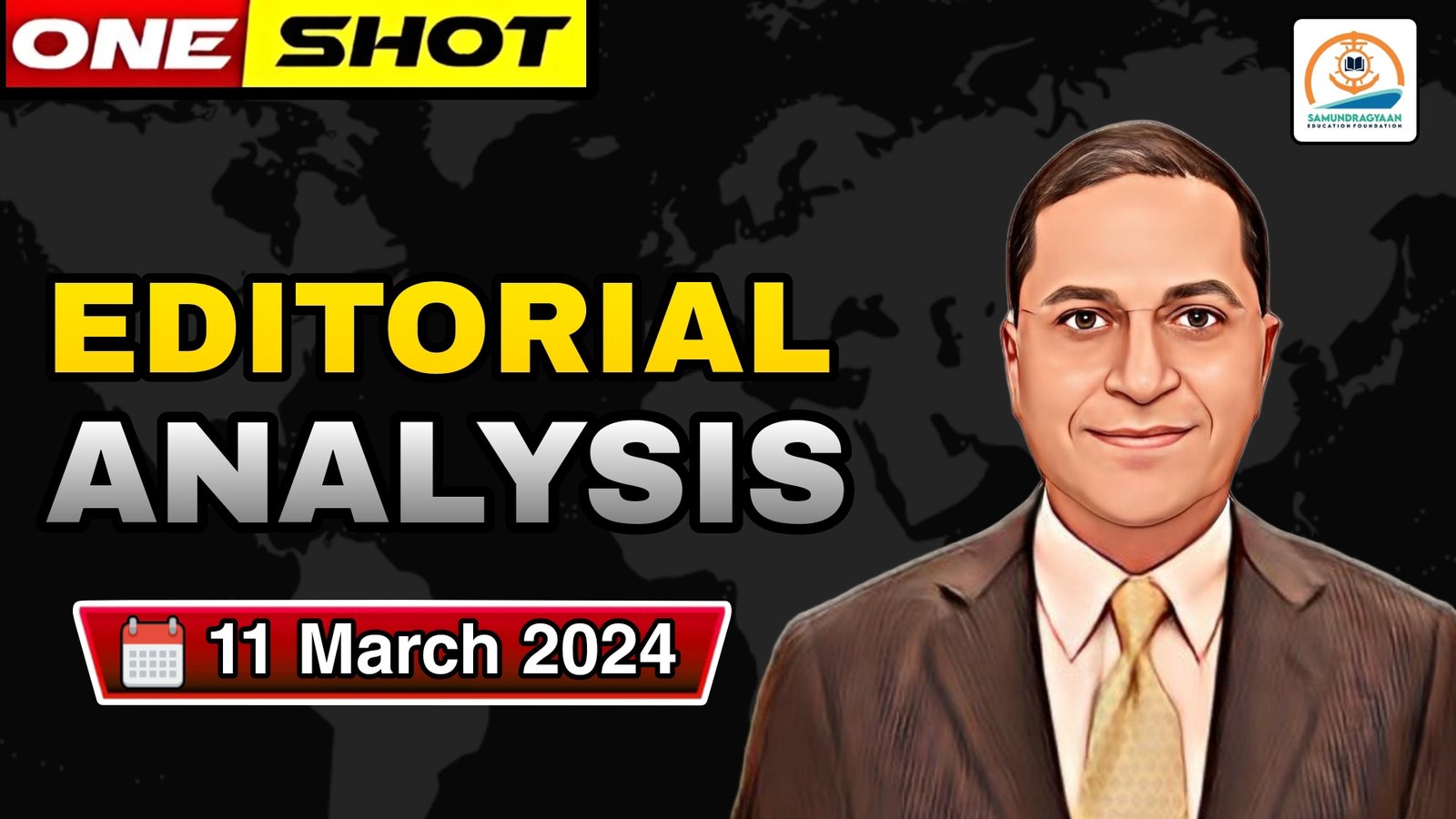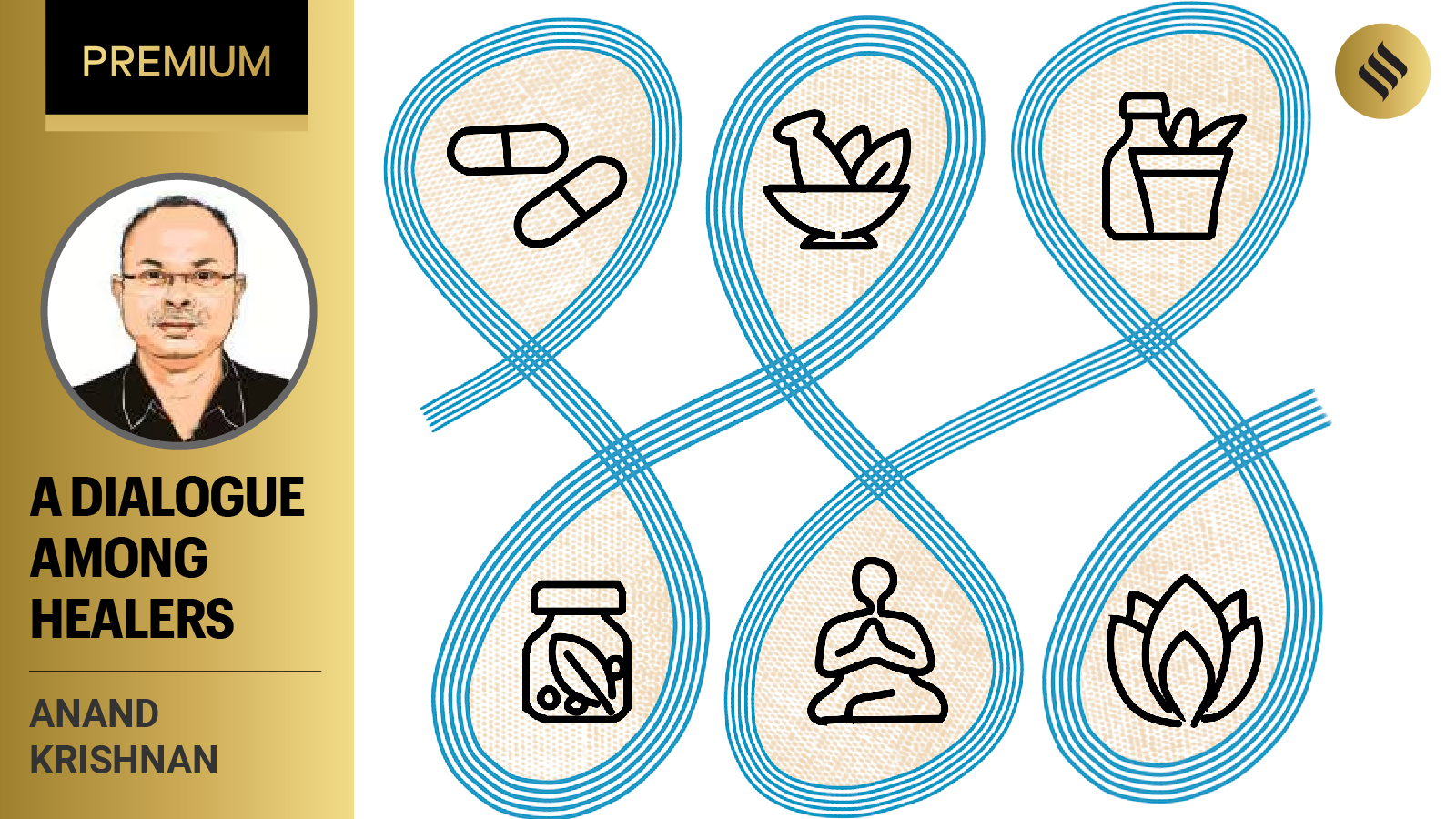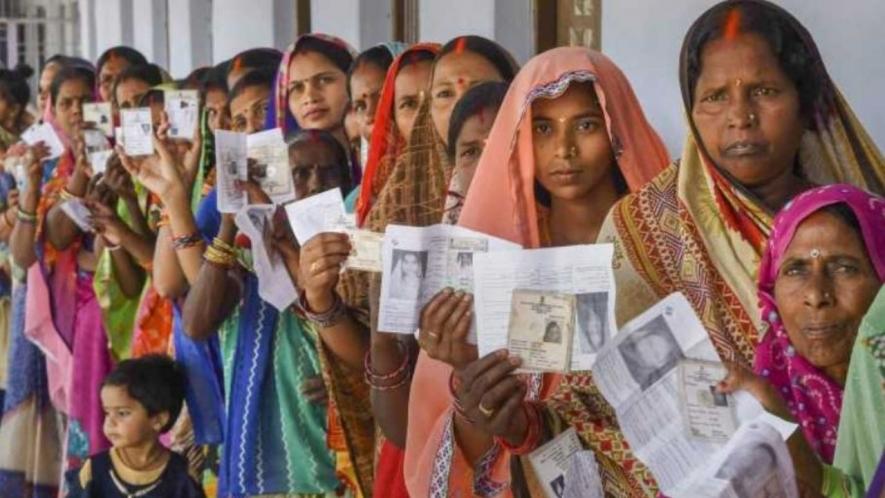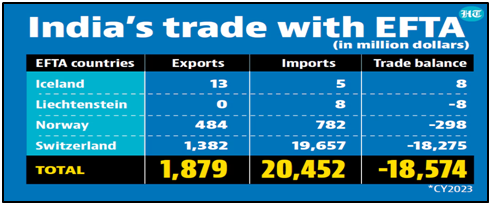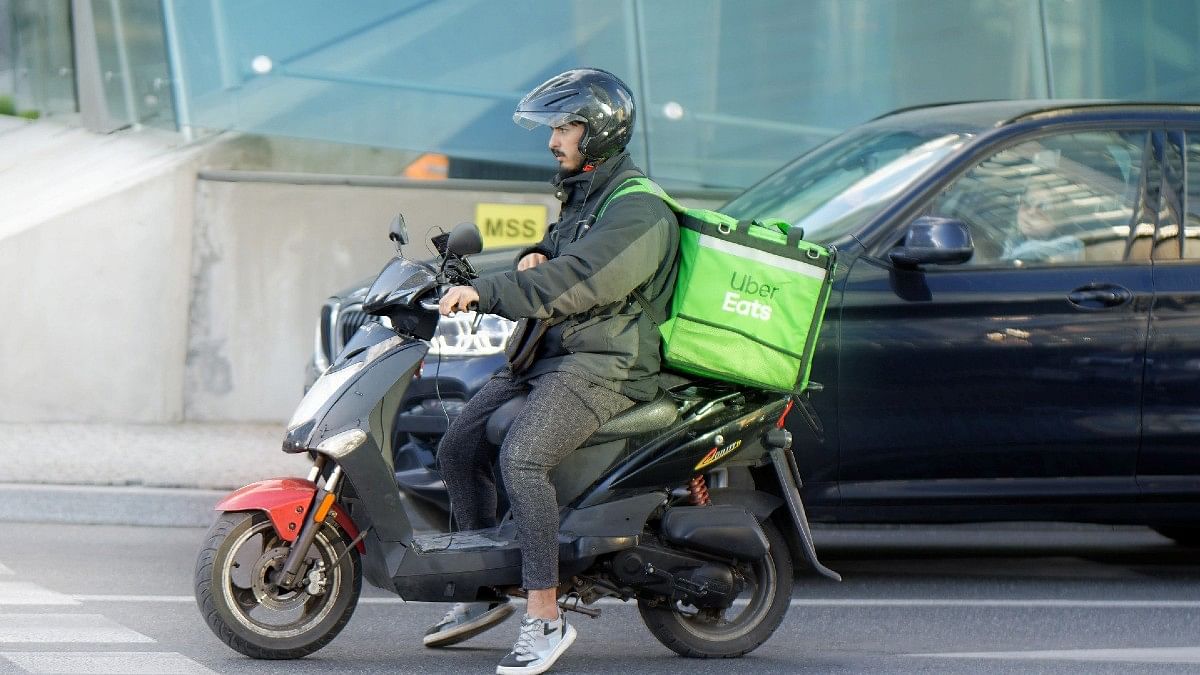| Topic: GS2 – Governance – Important aspects of governance – Transparency and accountability UPSC aspirants need to understand the impact of excessive government ad spending, electoral reforms, and challenges in maintaining a fair election process. |
| Context |
| ● The article discusses concerns over excessive government ad spending before elections in India, citing past controversies and proposing electoral reforms to ensure fairness and curb unaccounted expenses. |
Introduction:
- Governments, both at the central and state levels, increasingly allocate substantial funds for pre-election advertisements, raising concerns about fairness and misuse of public money.
Ad Spend and Controversy:
- In 2004, the BJP-led government’s ‘India Shining’ campaign sparked a ₹150 crore controversy for alleged misuse of public funds.
- The Information and Broadcasting Ministry reveals the Central government spent ₹3,020 crore on ads from 2018-19 to 2022-23, with a significant spike in election year 2018-19.
Supreme Court Guidelines:
- The Supreme Court established guidelines in 2015 and 2016 to regulate government advertisements, aiming to maintain a level playing field.
- Despite these guidelines, ruling governments tend to have an advantage in advertising before elections, potentially disrupting fairness.
Election Expenditure Limits:
- Candidates face expenditure limits, with ₹95 lakh in larger states and ₹75 lakh in smaller states per Lok Sabha constituency.
- The widely breached limits suggest a norm in Indian elections, contributing to a perceived advantage for winning.
Political Parties’ Expenditure:
- No spending limits exist for political parties during elections.
- BJP and Congress officially declared ₹1,264 crore and ₹820 crore, respectively, for the 2019 elections.
- While the Centre for Media Studies estimates a total spend of around ₹50,000 crore, highlighting an opaque funding system.
Need for Electoral Reforms:
- The Indrajit Gupta Committee (1998) and the Law Commission report (1999) proposed state funding of elections to curb unaccounted expenses.
- Despite the electoral bonds scheme’s setback, the issue persists, and the CMS projects ₹1 lakh crore spending for the 2024 general elections.
Proposed Electoral Reforms: Ad Ban and Financial Assistance Limits:
- Propose a ban on government advertisements six months before any general election to prevent undue influence.
- Amend laws to restrict a party’s financial assistance to its candidate within the prescribed election expenditure limits.
Ceiling on Party Expenditure:
- Introduce a ceiling on party expenditure, calculated as the expenditure ceiling limit for a candidate multiplied by the number of candidates the party fields.
Judicial Measures:
- Appoint additional judges in High Courts to expedite election-related cases, acting as a deterrent against norm violations.
Conclusion:
- Implementing these reforms requires bipartisan support and political will.
- Without such changes, the burden of exorbitant election expenses will continue to impact citizens, emphasizing the need for immediate attention to ensure free and fair elections.
| Issues with electoral spending in India |
● Issues:
● Way Forward:
A comprehensive approach addressing spending limits, transparency, public funding, and innovative campaigning methods can contribute to a more equitable and transparent electoral process in India. |

